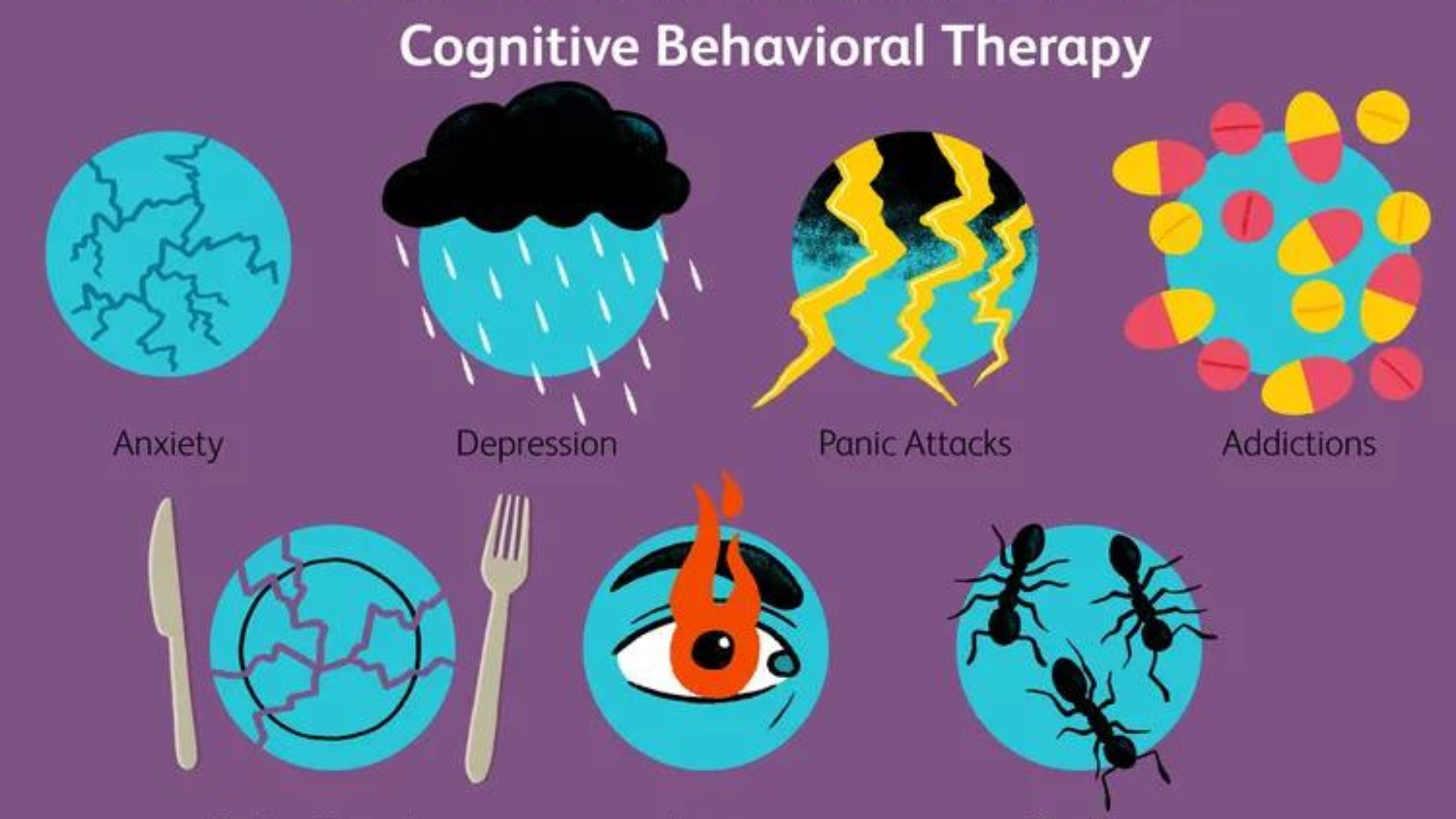What Is Cognitive Behavioral Therapy (CBT)?
Author: Psychowaves
Uploaded on: 25 Feb, 2024
What Is Cognitive Behavioral Therapy (CBT)?

Cognitive behavioral therapy (CBT) is a type of psychotherapeutic treatment that helps people learn how to identify and change the destructive or disturbing thought patterns that have a negative influence on their behavior and emotions.1
Cognitive behavioral therapy combines cognitive therapy with behavior therapy by identifying maladaptive patterns of thinking, emotional responses, or behaviors and replacing them with more desirable patterns.2
Cognitive behavioral therapy focuses on changing the automatic negative thoughts that can contribute to and worsen our emotional difficulties, depression, and anxiety. These spontaneous negative thoughts also have a detrimental influence on our mood.
Types of Cognitive Behavioral Therapy
CBT encompasses a range of techniques and approaches that address our thoughts, emotions, and behaviors. These can range from structured psychotherapies to self-help practices. Some of the specific types of therapeutic approaches that involve cognitive behavioral therapy include:
- Cognitive therapy centers on identifying and changing inaccurate or distorted thought patterns, emotional responses, and behaviors.
- Dialectical behavior therapy (DBT) addresses destructive or disturbing thoughts and behaviors while incorporating treatment strategies such as emotional regulation and mindfulness.
- Multimodal therapy suggests that psychological issues must be treated by addressing seven different but interconnected modalities: behavior, affect, sensation, imagery, cognition, interpersonal factors, and drug/biological considerations.
- Rational emotive behavior therapy (REBT) involves identifying irrational beliefs, actively challenging these beliefs, and finally learning to recognize and change these thought patterns.
While each type of cognitive behavioral therapy takes a different approach, all work to address the underlying thought patterns that contribute to psychological distress.
Cognitive Behavioral Therapy Techniques
CBT is about more than identifying thought patterns. It uses a wide range of strategies to help people overcome these patterns. Here are just a few examples of techniques used in cognitive behavioral therapy.
Identifying Negative Thoughts
It is important to learn what thoughts, feelings, and situations are contributing to maladaptive behaviors.5 This process can be difficult, however, especially for people who struggle with introspection. But taking the time to identify these thoughts can also lead to self-discovery and provide insights that are essential to the treatment process.
Practicing New Skills
In cognitive behavioral therapy, people are often taught new skills that can be used in real-world situations. For example, someone with a substance use disorder might practice new coping skills and rehearse ways to avoid or deal with social situations that could potentially trigger a relapse.
Goal-Setting
Goal setting can be an important step in recovery from mental illness, helping you to make changes to improve your health and life. During cognitive behavioral therapy, a therapist can help you build and strengthen your goal-setting skills.
This might involve teaching you how to identify your goal or how to distinguish between short- and long-term goals. It may also include helping you set SMART goals (specific, measurable, attainable, relevant, and time-based), with a focus on the process as much as the end outcome.
Problem-Solving
Learning problem-solving skills during cognitive behavioral therapy can help you learn how to identify and solve problems that may arise from life stressors, both big and small. It can also help reduce the negative impact of psychological and physical illness.
Problem-solving in CBT often involves five steps:
- Identify the problem
- Generate a list of potential solutions
- Evaluate the strengths and weaknesses of each potential solution
- Choose a solution to implement
- Implement the solution
Self-Monitoring
Also known as diary work, self-monitoring is an important cognitive behavioral therapy technique. It involves tracking behaviors, symptoms, or experiences over time and sharing them with your therapist.
Self-monitoring can provide your therapist with the information they need to provide the best treatment. For example, for people with eating disorders, self-monitoring may involve keeping track of eating habits, as well as any thoughts or feelings that went along with consuming a meal or snack.
source: https://www.verywellmind.com/what-is-cognitive-behavior-therapy-2795747
Get a Consultation Right Now!
Dial +91 977 991 8202 to speak with our friendly staff and schedule your consultation.